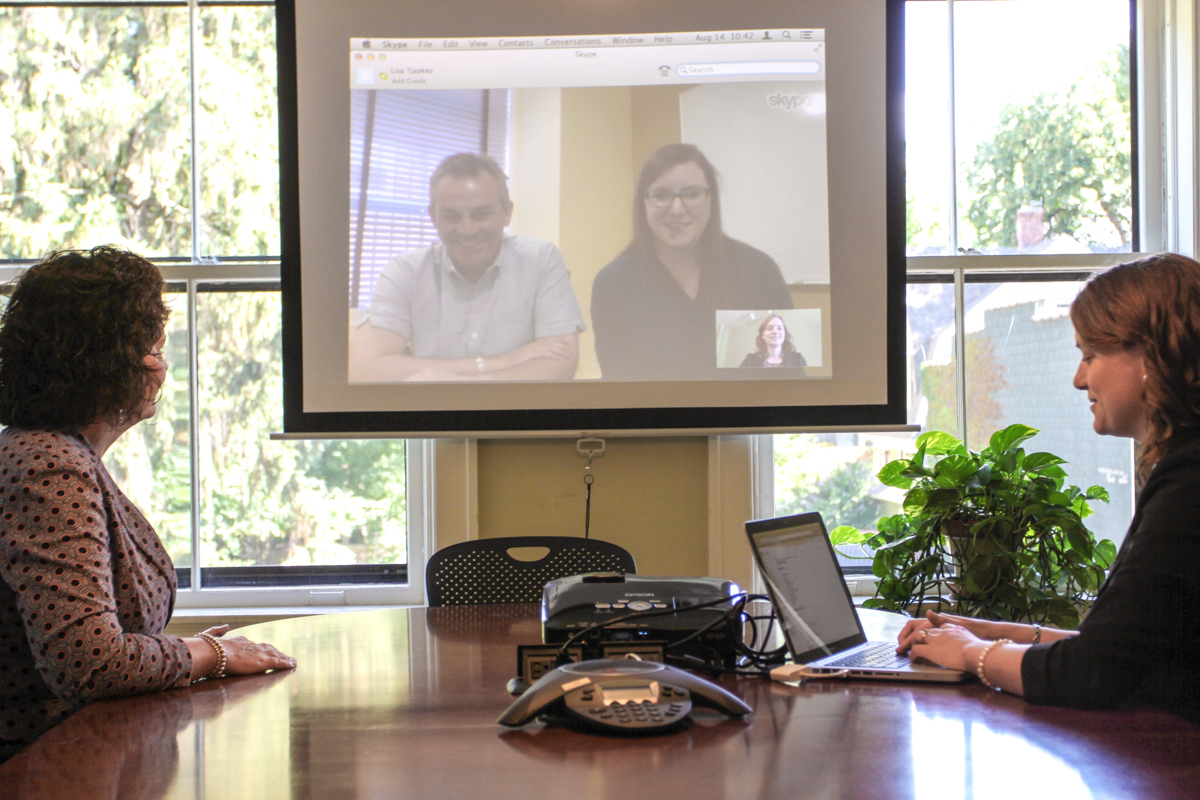It seems as though the conference call is unavoidable in the modern office. Whether you’re presenting new ideas or troubleshooting an issue, there will likely be someone calling in. You may also find yourself calling in to meetings.
I spoke with my teammates, and we came up with a few things to consider in order to maximize the value you add to the call and not lose your mind!
Introduce Yourself
Voices sound a little different over a conference call. It’s not only courteous to introduce oneself, but it also allows the leader of the meeting to make sure all stakeholders are present and engaged.
Headphones are Great
If you’re calling in to a meeting, wear headphones. It may help reduce excess noise and frustrating echo. If you’re calling in from a noisy office or cafe, it’ll help you stay focused.
Mute
It’s easy to forget to mute, but if you’re not talking, it helps to improve the call quality for everyone else (for instance, typing on a keyboard can add a lot of feedback). But don’t forget to unmute when you have thoughts and ideas to share. When you do speak, get close to the microphone.
Verbally Express Reactions
Remember to be more vocal about your reactions when on a call. I tend to nod and use physical cues to let my people know when I agree or they’re doing excellent work. I try to minimize these tendencies when I’m on a call. Without verbalizing your thoughts or reactions, you leave other callers in the dark. Silence can be confusing if you’re presenting new work or ideas and want to know how it’s landing with your audience.
Keep People Engaged
Make sure to proactively ask remote callers if they have questions or thoughts to add. It can be difficult to get in a word when you’re not physically in the room. If you are a moderator, try to make space for remote callers to participate in the conversations. If you are a remote caller, don’t be afraid to interject when you have something to say. Even if you agree with what has been said by many callers, it helps to get verbal agreement from all stakeholders so that the call can move along.
Be Aware of Problems with Video Calls
Video calls allow users to be more expressive and view live reactions about their ideas. However, some video calls are slower, and users will need to be patient. If either side of the video call has prohibitively bad internet speeds, try to limit your communication to voice chatting or instant messaging. Even if both sides have good internet, everyone on the line can expect some delays.
Keep Your Cool
It’s easy to get frustrated on either side of the phone, whether you’re the person calling in to a meeting or the person trying to run the meeting. Take a few deep breaths and stay positive. Try your best to be understanding of all meeting participants, and make the most out of the available resources.
With a few adjustments, the conference call can become less painful. But also, whenever possible, get everyone in the room and just talk things out!

